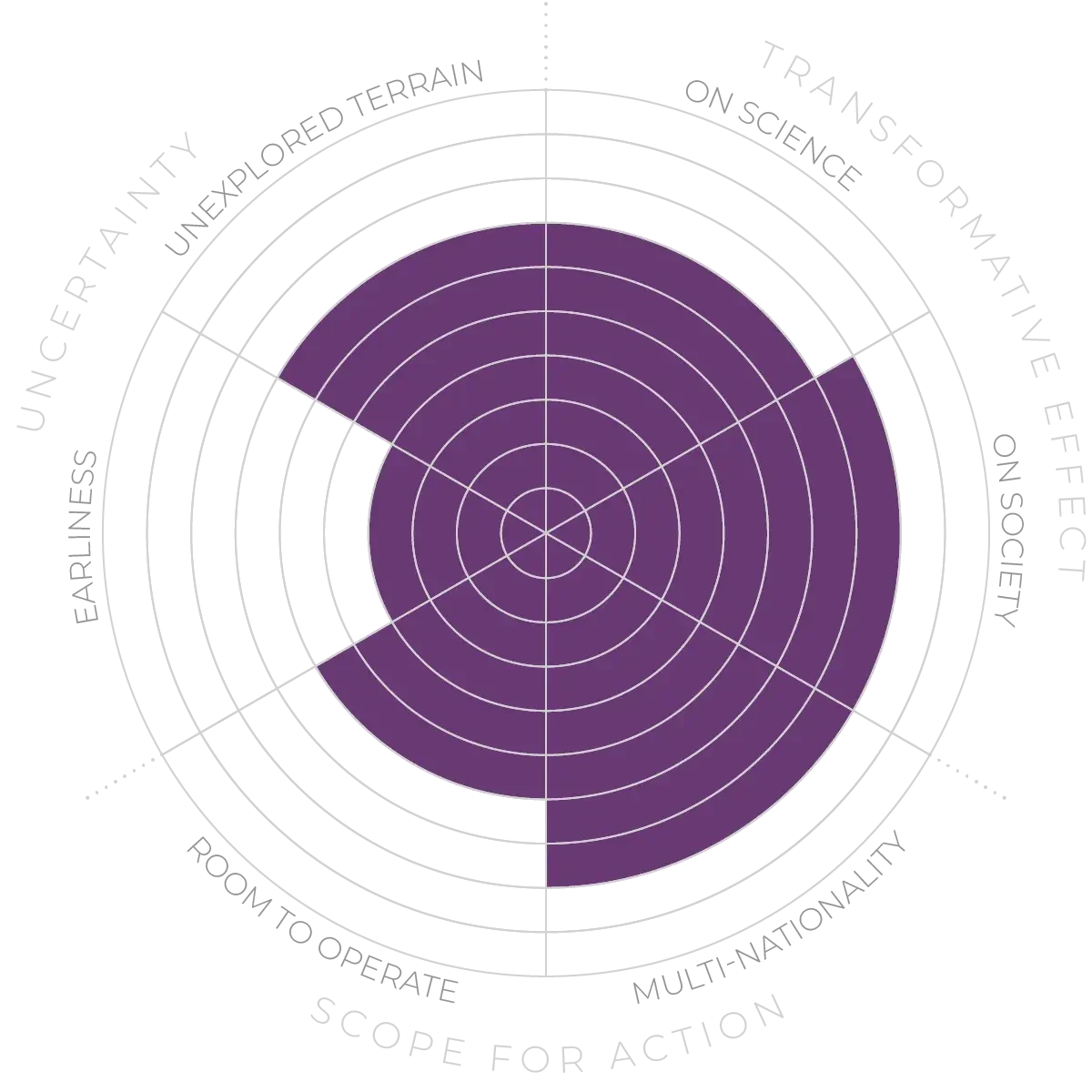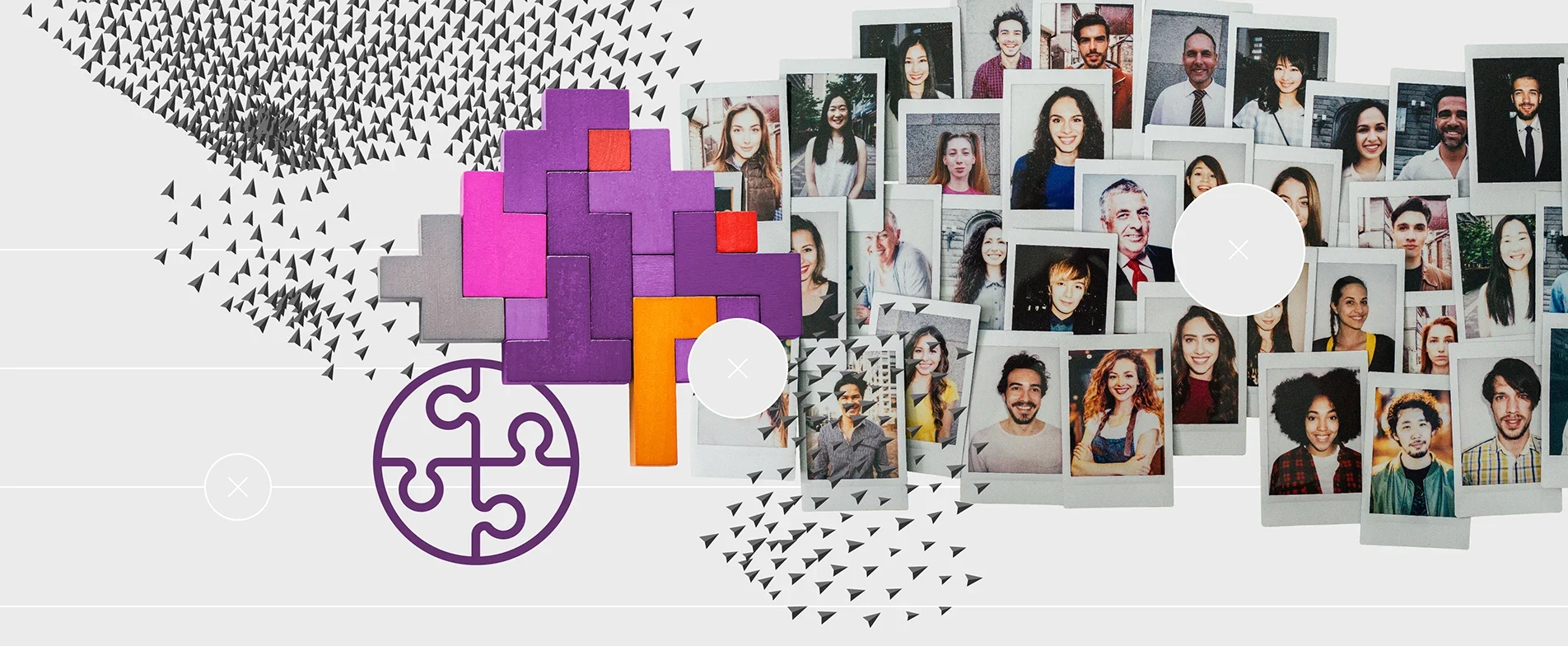Future Horizons:
10-yearhorizon
Metrics quantify CI
25-yearhorizon
CI theory incorporates machines
Research has shown that collective cognition is not uniform and is shaped by the social structures in which the groups operate.36 Groups in the real world also have to navigate numerous, disparate and ever-changing challenges, which means they are in a constant process of adaption.37 One particularly understudied aspect of collective cognition is the role of narrative. Stories are central to the way groups coalesce around particular goals or shared visions of reality, which is an essential precursor to any form of collective reasoning.38 Increasing use of technology to enhance Collective Intelligence (CI) also necessitates the development of new metrics of collective cognition that can be used by digital platforms or AI to improve group collaboration.
While there has been progress on defining and even measuring CI itself,39 decisions about what characterises “intelligent” group behaviour often remain subjective. Establishing what we mean by “intelligence” may be a precursor to being able to explain and improve CI.4041 Taking a multidisciplinary approach that pools knowledge from biology, computer science and the social sciences will be crucial for developing a holistic view of CI.42 The life sciences in particular are providing exciting insights into the role CI plays in organising everything from cells to entire animal populations.43,44
Collective cognition - Anticipation Scores
The Anticipation Potential of a research field is determined by the capacity for impactful action in the present, considering possible future transformative breakthroughs in a field over a 25-year outlook. A field with a high Anticipation Potential, therefore, combines the potential range of future transformative possibilities engendered by a research area with a wide field of opportunities for action in the present. We asked researchers in the field to anticipate:
- The uncertainty related to future science breakthroughs in the field
- The transformative effect anticipated breakthroughs may have on research and society
- The scope for action in the present in relation to anticipated breakthroughs.
This chart represents a summary of their responses to each of these elements, which when combined, provide the Anticipation Potential for the topic. See methodology for more information.



